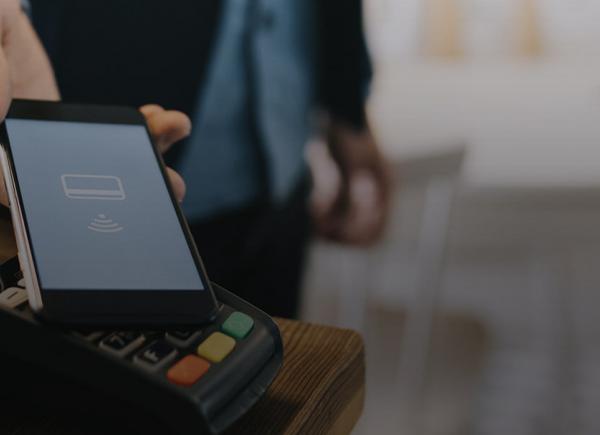As electronic payments made through the Automated Clearing House (ACH) Network continue to grow, fraud is increasing as well1. In an effort to safeguard against ACH payments fraud, maintain users’ confidence in ACH transactions, and protect financial institutions and their customers, the National Automated Clearing House Association (Nacha) adopted the WEB debit rule. Read on to find out what the Nacha WEB debit rule means and how you can adhere to it.
What is a WEB ACH Debit and NACHA?
What does ACH mean and what is Nacha?
ACH is an interbank funds-transferring system that processes electronic financial transactions like direct deposits and direct payments for consumers, businesses, and government. Nacha is the governing body that oversees the ACH network. In managing the development, administration, and governance of the ACH network, Nacha translates mandates from the US government into actionable rules and standards for transferring payments. Read more about ACH here.
What is a WEB debit?
WEB debit stands for an internet-initiated ACH transaction where money is pulled from a consumer bank account using authorization given via the internet or wireless network. Nacha states that originators of WEB debits are in the best position to detect and prevent fraud related to ACH payments they are initiating.
NACHA WEB Debit Rule Account Verification Requirements
Even though ACH originators of WEB debit entries are required to screen payments with a “commercially reasonable fraudulent transaction detection system”, account validation was not initially required. Given the significant increase in annual ACH volumes, total dollar values and increasing fraud attempts, Nacha and the Faster Payments Council adopted the WEB debit rule.
This rule requires “account validation” to be part of every commercially reasonable fraud detection system.
Under this new rule, which became official on March 19, 2021, originators of ACH WEB debits must validate an account number the first time it is used to make an online payment, or when changes have been made to that account number. The originator does not need to validate the account information if it is already being used for WEB debits or other types of ACH payments.
Goals of the Rule
With the new rule, Nacha aims to prevent fraudulent ACH payments and protect financial institutions from posting incorrect or unauthorized payments. The goal is to strengthen the fraud screening capabilities of ACH network participants, increase the quality and security of ACH transactions, and decrease risk through improved account validation practices.
NACHA WEB Debit Rule Validation Methods
Nacha does not require that specific account validation methods or technologies be used to comply with the rule. Nacha has outlined the following options as being commercially reasonable:
- Manual methods where a consumer’s check is used to verify account information and ID is used to confirm the user’s identity and/or the organization calls the consumer’s financial institution
- An ACH prenotification where a zero-dollar transaction is sent to the consumer's bank to verify the accuracy of bank account information
- Micro-deposits through ACH where two small deposits are credits are made to the consumer’s account and the consumer confirms the transactions
- Validation services that automatically validate the account number and ownership
Each of these methods can be used on their own or combined to meet Nacha’s WEB debit rule.
Factors to Consider When Choosing Your Validation Method
Before you add account validation to your workflow, you’ll want to evaluate your goals and requirements. Questions to ask include:
- How fast does each account need to be verified?
- How critical is a seamless user experience?
- What level of financial institution coverage is needed?
- Do I need additional information such as account balances and transactions?
- Do I need help implementing or managing my solution?
In our world where ease and speed are expected, even required, consumers tend to abandon onboarding and account validation processes that take too long or are too complicated. So while a method like initiating micro-deposits into consumers’ bank accounts is common, it can also be time consuming, and you’ll want to take all of these factors into account.
You’ll also want to consider how you can put technology to work to comply with Nacha's new mandate. By automating verification and validation and even automatically retrieving account details like balances and transactions, you can lower ACH fraud risk, save valuable time, and increase the value you provide for your customers.
ACH Solution From Envestnet | Yodlee
Satisfying Nacha’s new WEB debit rule and streamlining verification while managing risk calls for a solution like Envestnet | Yodlee Account Verification. This innovative solution validates that an account exists, that the initiator has access to the account, and that the right person’s account is used for payment setup – all in seconds. It also checks the account balance to avoid the possibility of payment return.
Nacha has recognized Envestnet | Yodlee as a Nacha Preferred Partner who helps to ensure the accuracy and authenticity of account information for electronic payment. In addition to helping you meet the Nacha WEB debit rule, our Account Verification solution can also help the customer journey and enable new back office efficiencies through seamless account opening, onboarding and validation.
Interested in adding account validation to your digital experience or app? Contact us to get started!




